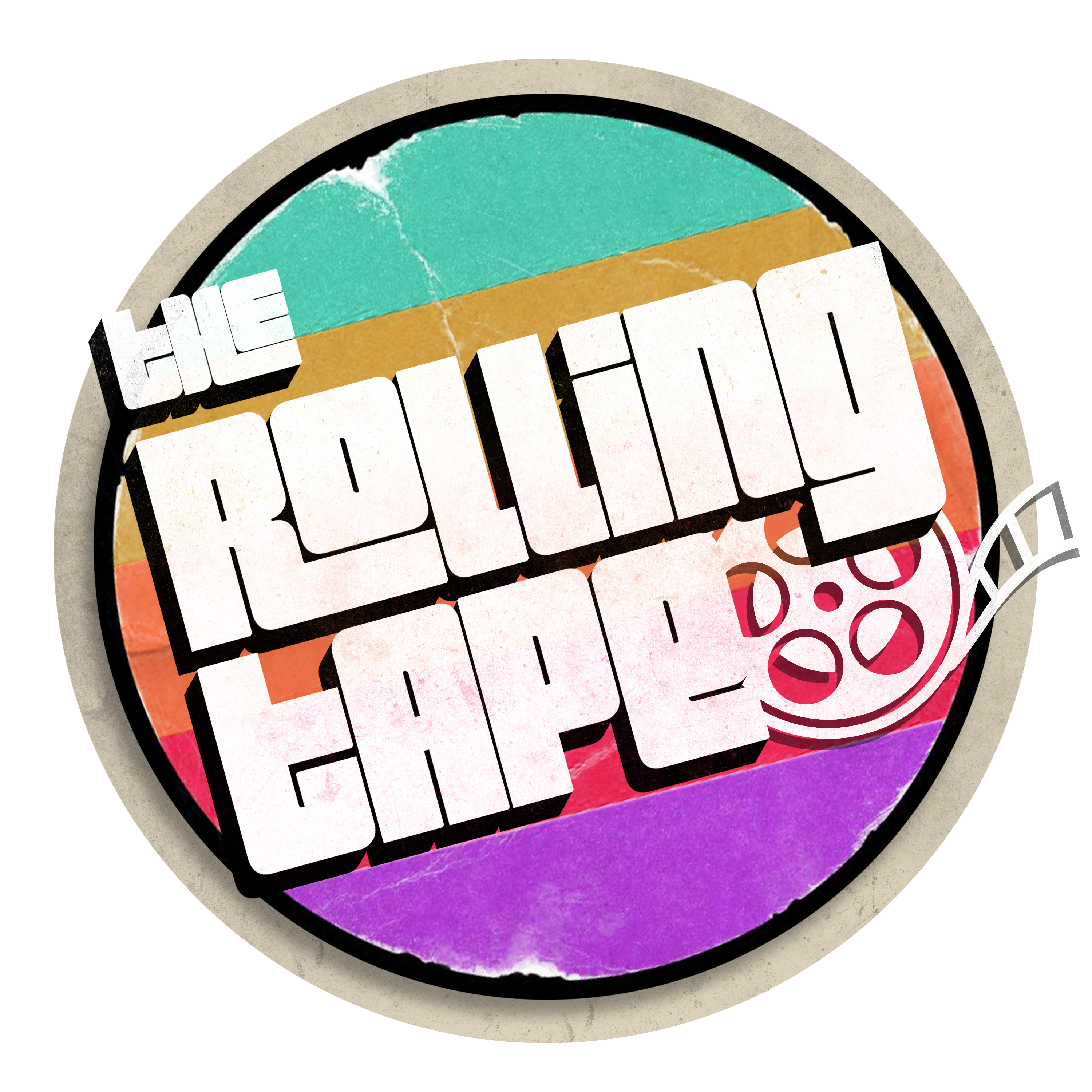Since its release in 1960, Jean-Luc Godard‘s Breathless has been regarded as a pillar of cinema, not only in the context of the French New Wave but also in the broader context of cinema’s history. With its unconventional visual style and abstract use of jump cuts, you just knew it was only a matter of time before a film would address this timeless piece and its legacy. Jump forward to the year 2025, and we have Richard Linklater—whose Blue Moon debuted this year as well—addressing this topic with Nouvelle Vague.
The outcome is precisely what you might expect: a “hangout” film that investigates the process of creatively putting together one of cinema’s most pivotal films. Yet, even though the film is a loving homage to the time period and its people, it feels somewhat superficial. Perhaps that’s the purpose, but with such a talented director at the helm, you wish for something more dynamic.
We meet the 29-year-old Godard (Guillaume Marbeck) and his eclectic group from the French New Wave. After seeing François Truffaut’s (Adrien Rouyard) classic film The 400 Blows, Godard wants to create his own classic that’s destined to change cinema forever, even more than what Truffaut had done. To get the project off the ground, Godard persuades producer Georges de Beauregard (Bruno Freyfürst) to finance a gangster-and-girl movie, and he is tasked to finish it in twenty days.
Godard has succeeded in bringing together the charming duo of Jean-Paul Belmondo (Aubry Dullin) and American actress Jean Seberg (Zoey Deutch) as the leads, in addition to a supporting cast that will surely change the landscape of film. All the pieces are lined up for success, but there is one distinct problem: the script. A screenplay did exist, but Godard had every intention of breaking with the traditional norms of cinema by improvising Breathless as it was being filmed, thus entirely upending convention in real time.
Nouvelle Vague encompasses all the elements to be a brilliant tribute to film history, successfully evoking the feeling of an era that now feels more reminiscent than time itself. Linklater effectively and poetically captures his admiration for the world of film and romance in Paris during the late 1950s and early 1960s as if you are in a time machine, being transported to a time when film was everything. The collaboration between cinematographer David Chambille, production designer Katia Wyszkop, costume designer Pascaline Chavanne, and editor Catherine Schwartz enhances the authenticity of the film.
Linklater and his team were so keen on bringing the late 1950s to life that he opted to present Nouvelle Vague in a 4:3 aspect ratio and add a film grain aesthetic to make the audience feel like they were watching something from that time. It is a major compliment to see how dedicated he was to making the film feel like a product of the period it was set in.
The performances are quite lovely, with Marbeck giving a brilliant performance as Godard. Dark sunglasses in tow, he embodies the filmmaker in such a way that felt authentic to Godard without ever feeling like an imitation. Marbeck feels like a person who wanted to be in the greatness of filmmaking rather than simply pretending to be one.
Deutch is equally bright as Seberg. She captures the Breathless starlet’s mischief and almost playful energy, her wit, and her frustrations with the amateur production and toxic relationships around her. Though her French may not be perfect, she brings a level of charm to her performance that makes her alluring and shows what made Seberg so compelling and unique on screen.
Although Nouvelle Vague has strong acting and high production values, the screenplay is lacking. The film seems more of an homage to Godard and Breathless, yet it never really reveals much to the audience about where it is heading. The excitement of unstructured spontaneity often associated with the French New Wave is absent, and some viewers might even be confused by the profound connections to a movement and its history, even in its distant references to collaborators like Claude Chabrol and Agnes Varda. Those references, though, are more name-drops than actual plot points intended to mean something.
Additionally, the screenplay only connects superficially to what might look like its cinematic history. The viewer only sees a protagonist working at ease, while ideas appear in a repetitive theme that doesn’t seem to connect to the plot. In the end, it is a light dedication to a style rather than a full exploration of it.
Linklater will continue to be one of the most exciting storytellers the industry has to offer. He is clearly coming from a good place with Nouvelle Vague, but the film feels minor and less compelling than much of his other work. The ideas aren’t clear or well-expressed, and, though it doesn’t have to be on its level, it certainly is not Breathless. It feels like a somewhat unnecessary love letter to an impactful, transitional time in film history, despite being supported by great performances and wonderful craftsmanship.
The last thing one would want to call a film is safe, and while that doesn’t always act as a disservice to a film, that’s the case with Nouvelle Vague. It fails to say anything significant about its subject, and if the style wasn’t the priority for Linklater and team, then this could’ve come out as one of the best films about filmmaking.
Love letters to audacious and creative artists are always worth watching—even when, as is the case here, it has a feeling of not being completely in touch with what it is trying to say. Nouvelle Vague might be one of those films that takes a bit longer to appreciate over time.
Review Courtesy of Bryan Sudfield
Feature Image Courtesy of TIFF, Credit to Netflix via Deadline

Recent Comments